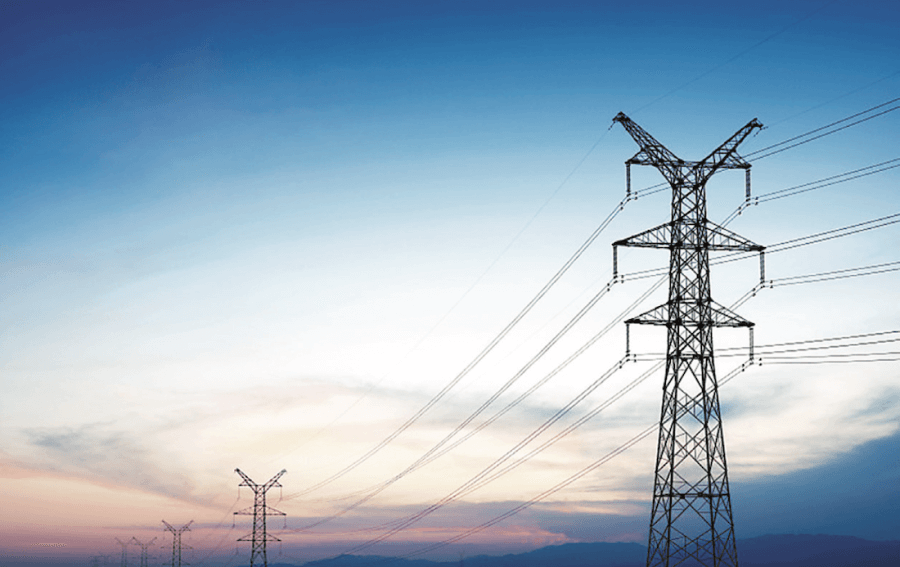Bangladesh’s Letter of Credit Delay Casts Uncertainty Over Nepal’s Electricity Export
Nepal’s ambitious plan to export 40 megawatts (MW) of electricity to Bangladesh starting June 15, 2025, has been thrown into uncertainty as Bangladesh has yet to open the required Letter of Credit (LC). The delay not only threatens the scheduled start of power exports but also highlights broader challenges in regional energy trade and financial reliability.
- Bangladesh’s Letter of Credit Delay Casts Uncertainty Over Nepal’s Electricity Export
- What Is a Letter of Credit and Why Does It Matter?
- Background: Nepal’s Push to Become a Regional Power Exporter
- Why Is Bangladesh Delaying the LC?
- Implications for Nepal, Bangladesh, and Regional Energy Trade
- What Happens Next?
- In Summary
What Is a Letter of Credit and Why Does It Matter?
A Letter of Credit (LC) is a financial instrument issued by a bank that guarantees payment to the seller—in this case, Nepal Electricity Authority (NEA)—once certain conditions are met. For cross-border electricity trade, an LC is crucial because it assures the exporting country that payment will be made for the power supplied, reducing financial risk.
According to NEA spokesperson Rajan Dhakal, the Bangladesh Power Development Board (BPDB) has not only delayed opening the LC for this year’s export but also has outstanding dues from last year’s limited export. The LC is supposed to cover three months’ worth of payments, providing a safety net for the exporter.
Background: Nepal’s Push to Become a Regional Power Exporter
Nepal, endowed with abundant hydropower resources, has set its sights on becoming a major electricity exporter in South Asia. Traditionally, Nepal’s electricity trade was limited to India. However, a landmark tripartite agreement signed on October 3, 2024, between Nepal, India, and Bangladesh paved the way for Nepal to export electricity to Bangladesh using India’s transmission infrastructure.
The agreement allows Nepal to export up to 40MW of electricity to Bangladesh during the five-month monsoon season, from June 15 to November 15, each year. The electricity is transmitted from Nepal’s Trishuli (18.60MW) and Chilime (21.40MW) hydropower projects via the Dhalkebar–Muzaffarpur 400kV transmission line to India, and then onward to Bangladesh through the Berhampur–Bheramara 400kV line.
On November 15, 2024, the first-ever export under this framework was ceremonially launched by energy officials from all three countries. However, due to procedural uncertainties, only 470,000 units were exported for 12 hours on the final day of the season, generating $30,080 in revenue—an amount BPDB has yet to pay.
Why Is Bangladesh Delaying the LC?
The delay in opening the LC is not an isolated incident. Bangladesh has been grappling with a broader foreign currency shortage, which has affected its ability to pay for energy imports from multiple sources, including India. According to regional energy analysts, these financial constraints have led to delayed payments and even threats of supply cuts from major suppliers like India’s Adani Power.
BPDB has reportedly sent a draft LC to NEA, but the final opening is still pending as both sides exchange comments and finalize terms. Dhakal remains optimistic, stating that the process is in its final stage and that exports are still scheduled to begin as planned. However, the lack of a finalized LC continues to cast doubt over the timeline.
Implications for Nepal, Bangladesh, and Regional Energy Trade
The uncertainty over the LC and payment delays has several implications:
- For Nepal: The country’s goal of becoming a reliable regional electricity exporter is undermined by payment risks and policy uncertainties. Investors in Nepal’s hydropower sector are also concerned about the government’s recent shift from “take-or-pay” to “take-and-pay” power purchase agreements, which could reduce revenue security.
- For Bangladesh: The country faces mounting energy shortages and must balance its need for reliable imports with its foreign currency constraints. Delays in securing LCs could further strain its energy supply and economic stability.
- For India: As the key transit country, India’s role is pivotal. The tripartite agreement demonstrates India’s willingness to facilitate regional energy trade, but persistent payment issues could prompt Indian suppliers to reconsider their export strategies.
Energy sector experts warn that continued delays and financial uncertainties could erode trust among regional partners and slow down the momentum for cross-border electricity trade in South Asia.
What Happens Next?
Despite the current uncertainty, NEA officials remain hopeful that the LC will be opened soon and that exports will proceed as scheduled. The five-year agreement, which sets the tariff at 6.40 US cents per unit and covers the monsoon season each year until 2029, is seen as a milestone for Nepal’s energy ambitions.
However, the situation underscores the need for stronger financial mechanisms and policy consistency to support regional energy trade. As Nepal, Bangladesh, and India continue to negotiate, the outcome will be closely watched by other countries in the region seeking to expand cross-border electricity cooperation.
In Summary
- Nepal’s plan to export 40MW of electricity to Bangladesh from June 15, 2025, is uncertain due to Bangladesh’s delay in opening a Letter of Credit (LC).
- The LC is essential for guaranteeing payment and reducing financial risk in cross-border electricity trade.
- Bangladesh also has outstanding dues from last year’s limited export, further complicating the situation.
- The tripartite agreement between Nepal, India, and Bangladesh marks a significant step in regional energy cooperation, but financial and policy uncertainties remain.
- Broader foreign currency shortages in Bangladesh are affecting its ability to pay for energy imports from multiple sources.
- Energy sector experts stress the need for reliable payment mechanisms and policy consistency to ensure the success of regional electricity trade.












